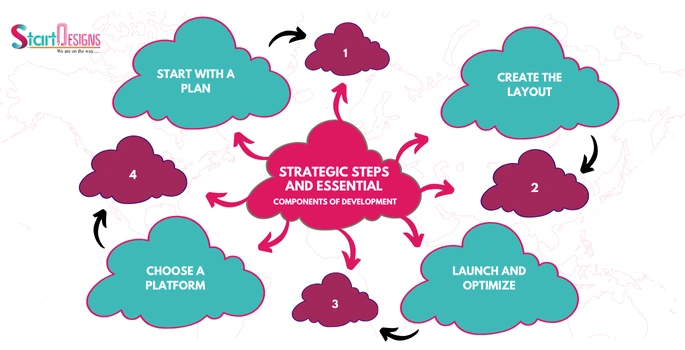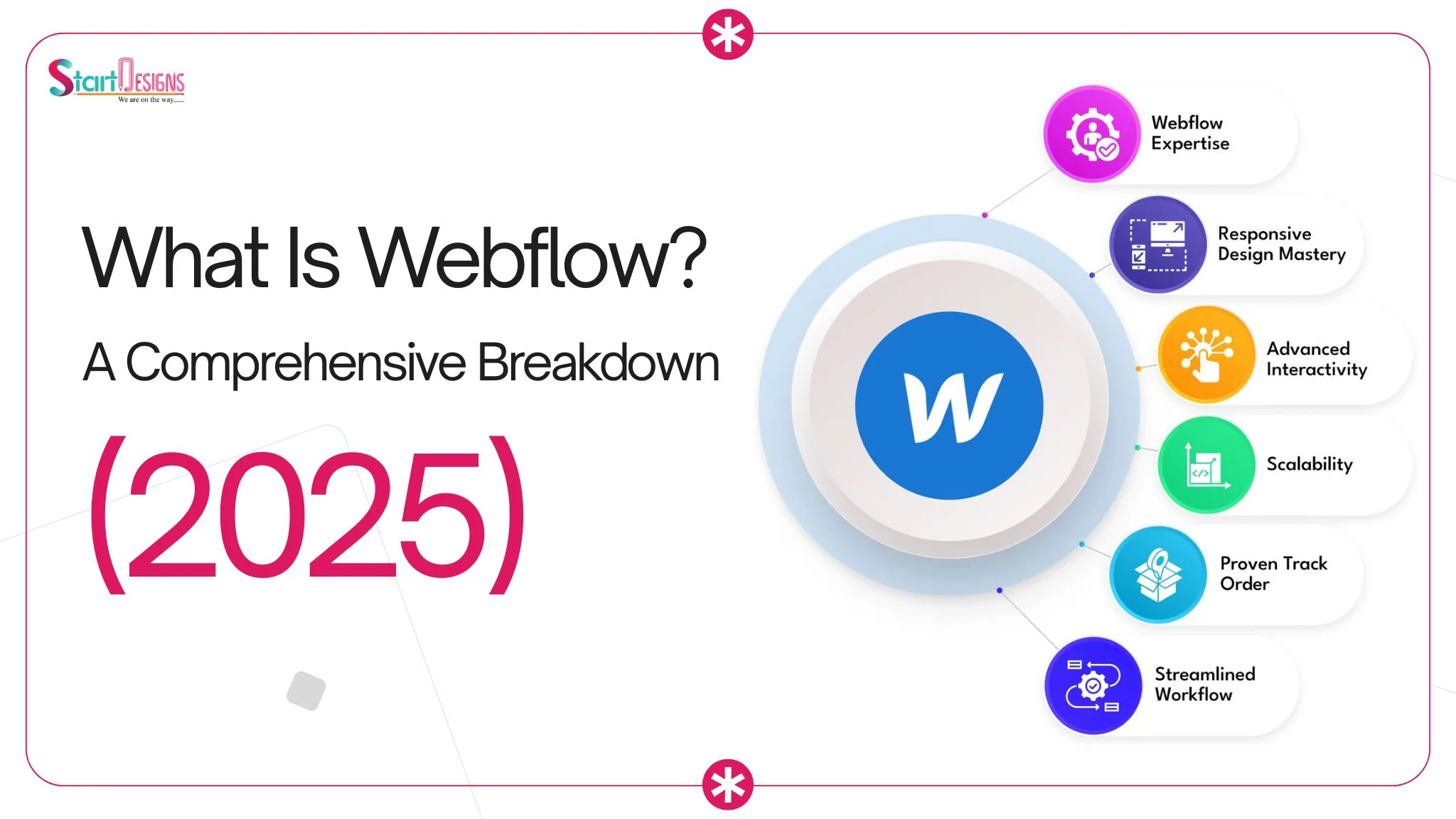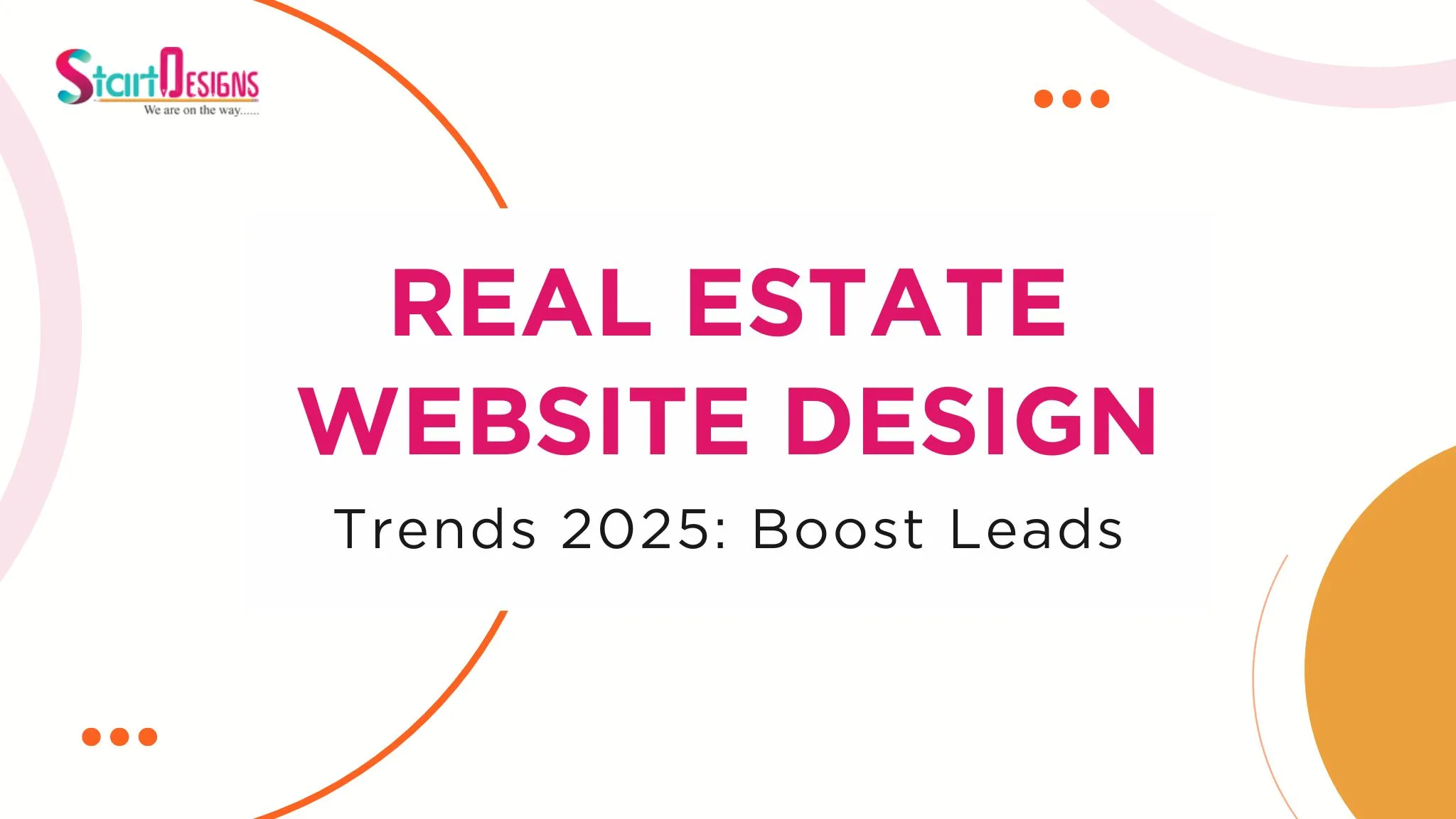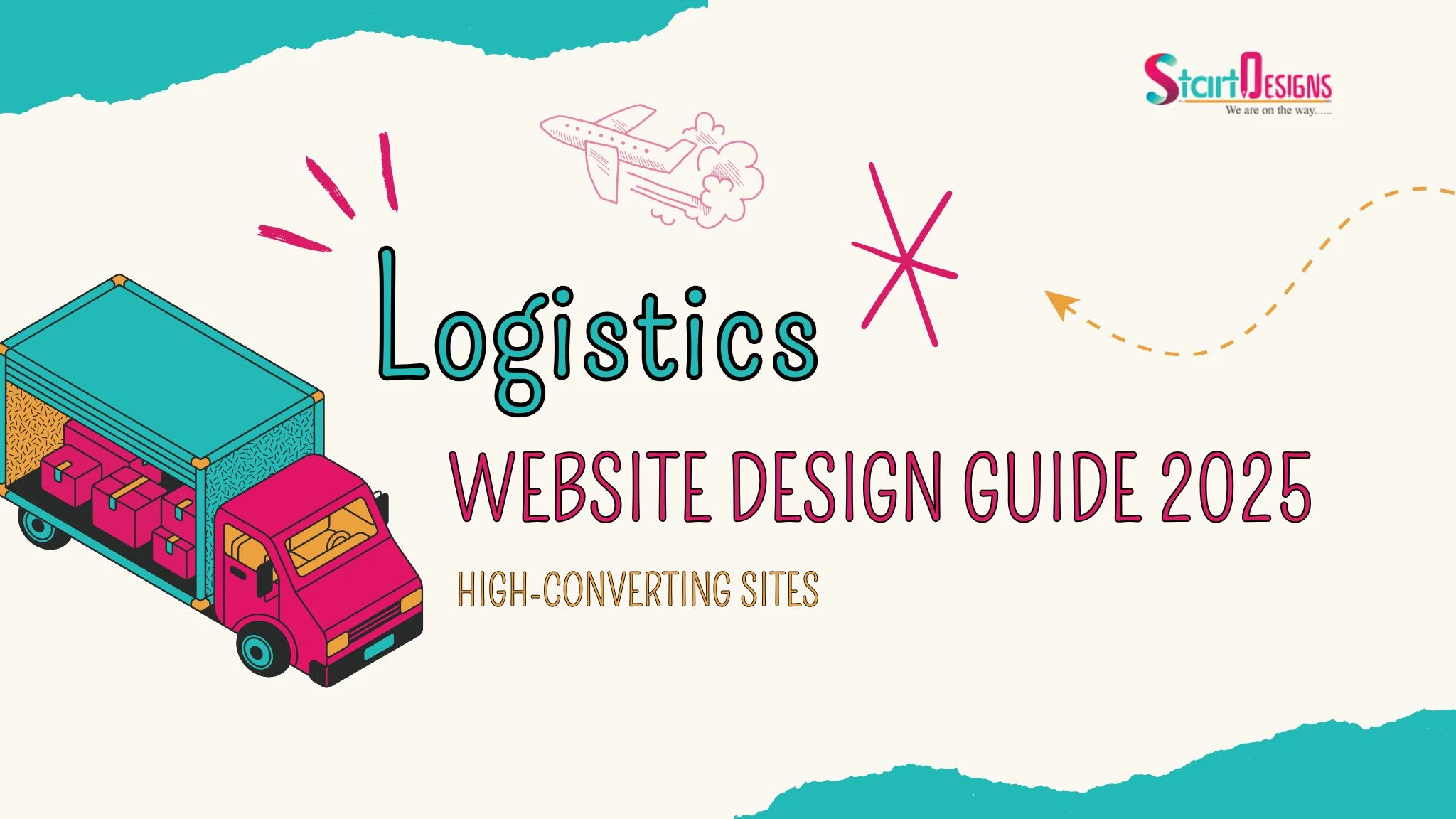E-commerce website development is the fundamental process of building and optimizing online platforms where companies sell goods or services. It’s much more than just putting products on a page; it involves a complex combination of web design, coding, back-end infrastructure, and user experience (UX) to create a site capable of facilitating seamless online transactions. High-quality e-commerce web development is the foundation for a successful online business.
A professional e-commerce site ensures a reliable first impression, which is crucial since it’s often the initial contact a potential customer has with a brand. This professional approach encourages visitors to explore the site further and builds a positive, lasting image. A well-developed site also provides a seamless user experience, making it easy for customers to find what they need and complete purchases with ease. This smooth functionality and intuitive design directly contribute to increased engagement, higher conversions, and ultimately, greater sales.
E-Commerce Website Development: From Idea to Online Success
1. Key Pillars of E-commerce Development
E-commerce development relies on two essential technical components: front-end and back-end development.
Front-End Development: The Customer View
The front end focuses entirely on the customer-facing aspects of the website. This includes the visual design of the homepage, the product listings, and the checkout pages. The goal is to craft a visually appealing and intuitive interface that is easy to navigate, guiding customers seamlessly from initial browsing to final purchase. A successful front-end design is critical because it enhances customer engagement and supports strong brand consistency. Techniques used to ensure optimal performance, such as responsive design and fast load times, are vital for engaging customers across all devices in a mobile-first world.
Back-End Development: The Operational Engine
The back end is the powerful, unseen engine that powers the site’s hidden functionalities. This server-side development manages crucial operational components like database management, inventory tracking, and secure transactions. The back end supports vital parts of the e-commerce infrastructure, including the entire product catalog, customer accounts, and all payment processing. To ensure a scalable and high-performing back end, it’s essential to select a robust Content Management System (CMS) and a reliable hosting provider.
The Importance of User Experience (UX) Design
Optimizing the user experience (UX) is crucial to ensuring customers enjoy a smooth journey through the site. UX design covers a wide range of factors, including intuitive navigation, quick loading times, mobile compatibility, and streamlined checkout processes. A well-optimized UX keeps customers engaged, significantly reduces bounce rates, and plays a direct role in increasing conversions.

2. Strategic Steps and Essential Components of Development
Creating a thriving e-commerce website demands a strategic, phase-by-phase approach. Following these structured steps and integrating crucial components ensures the final product is secure, functional, and aligned with business objectives.
The 5-Step Development Process
1. Start with a Plan
Every successful project begins with comprehensive planning. This stage involves in-depth research into the target audience, market trends, and key competitors. It’s vital at this stage to define clear objectives and key performance indicators (KPIs) that will be used to guide and measure the project’s success.
2. Choose a Platform
Selecting the right e-commerce platform determines your site’s flexibility and capability. Popular options like Shopify, WooCommerce (with WordPress), and Magento provide established, ready-made solutions. Conversely, custom-built platforms offer superior flexibility and scalability tailored to unique business needs.
3. Create the Layout
The design must effectively reflect the brand identity and aim to leave a lasting, positive impression on the visitor. Building customer trust and recognition is supported by maintaining consistency in typography, color schemes, and images across the site.
4. Develop & Test Your Website
This technical phase involves coding the website, configuring the servers, and integrating third-party APIs, such as those used for payment gateways. All these technical steps must be rigorously tested to guarantee peak performance and security across the entire site.
5. Launch and Optimize
After thorough testing confirms that everything is functioning correctly, the site is ready to launch. Following the launch, continuous optimization is necessary. This involves analyzing user feedback and leveraging analytics data to continuously improve the user experience (UX) and boost conversion rates over time.
E-commerce Design Company!
Critical Development Components
Payment Integration
Secure and reliable payment processing is the central operation of any e-commerce platform. Integrating trusted payment gateways, such as PayPal, Stripe, or Square, facilitates safe transactions. This crucial integration enhances customer trust by supporting various payment options to accommodate different customer preferences. These modern gateways often include advanced features like fraud detection and multi-currency support.
Site Security
Protecting sensitive customer data is paramount in the e-commerce sector. Key security protocols include SSL certificates, robust data encryption, and strict adherence to PCI-DSS standards. These measures are essential for preventing cyber threats, safeguarding sensitive information, and ultimately building deep customer confidence.
Performance Optimization
Ensuring fast load times, mobile responsiveness, and stable performance is vital for maintaining customer engagement. Techniques used for performance optimization include caching, utilizing Content Delivery Networks (CDNs), and implementing responsive design. These efforts guarantee customers can shop smoothly and efficiently across any device.
3. Business Models, Marketplaces, and Key Technologies
E-commerce is a diverse landscape, differentiated by both its operational structure and the technologies used to power transactions. Understanding the various models and leveraging the right tools is key to building a scalable and competitive platform.

Types of E-commerce Websites and Business Models
E-commerce websites are structured in two primary ways, serving different operational needs.
Vendor-Specific Websites
These platforms are run exclusively by a single business and feature only that company’s own products. This model provides the brand with a dedicated, controlled space to showcase and promote its offerings. By managing the site directly, the business gains full control over the customer experience and the flexibility to improve its visibility in search results.
Multi-Vendor Online Marketplaces
These large platforms feature products and services offered by multiple third-party sellers. The central website is managed by an owner or company that oversees the platform’s operation. Third-party vendors can create dedicated profiles, list their products, and may even have their own dedicated pages. These marketplaces attract more traffic and sales for the platform by offering consumers a much wider selection of goods in one convenient location.
Diverse E-commerce Models
Beyond structure, e-commerce platforms serve various business models:
- B2C (Business-to-Consumer): Retail stores selling directly to the end consumer.
- B2B (Business-to-Business): Platforms connecting businesses for specialized services or wholesale products.
- C2C (Consumer-to-Consumer): Marketplaces like eBay, where consumers sell directly to each other.
- C2B (Consumer-to-Business): Platforms where individuals sell goods or services to companies.
The appropriate model is determined by the target audience and the specific nature of the transactions the business needs to support.
Top Tools and Technologies
Leveraging the correct tools is fundamental for managing, scaling, and building a high-performing e-commerce platform. These technologies enhance security, simplify development, and boost functionality.
| Technology Category | Purpose | Examples |
| Content Management Systems (CMS) | Provide solutions for efficiently managing products, content, and transactions. | WordPress (with WooCommerce), Shopify, and Magento |
| Payment Gateways | Securely process payments and offer features like fraud detection and multi-currency support. | Stripe, PayPal, and Square. |
| Front-End Frameworks | Help create dynamic, fast, and responsive user interfaces, improving navigation and load times. | React, Vue.js, and Angular. |
| Security Tools | Defend against cyber threats and protect sensitive customer data. | SSL certificates, firewalls, and PCI-DSS compliance solutions. |
4. Current Trends and Best Practices for Success
E-commerce is continually evolving, driven by new technologies and shifting consumer expectations. Staying current with these trends and adhering to best practices are essential strategies for businesses aiming to remain competitive and increase conversion rates.
Current E-commerce Trends
AI and Machine Learning (ML)
These technologies are enabling highly personalized shopping experiences. By offering dynamic pricing strategies and tailored product recommendations, AI/ML significantly enhances customer engagement and drives sales.
Subscription Services
This model has grown in popularity, offering customers the convenience of exclusive products or services. For businesses, subscriptions provide a valuable source of recurring revenue.
Omnichannel Selling
Businesses are increasingly adopting strategies that allow customers to shop seamlessly across all touchpoints, whether in-store, on mobile apps, or through the web. This ensures a consistent experience regardless of the platform.
Seamless Checkout
Simplifying the checkout process is a core focus for reducing cart abandonment. Features like one-click purchases, guest checkout, and saved payment details make transactions quicker and easier to complete.
Mobile Optimization
As mobile commerce (m-commerce) continues to grow, ensuring your site is mobile-friendly is critical. A seamless mobile experience, characterized by responsive design and fast load times, is necessary for success.
5. Best Practices for Optimal Website Performance
Implementing key best practices enhances the user experience, boosts conversion rates, and fosters strong brand loyalty.
Optimize Site Speed
Page load speed is critical for both SEO and user experience. Fast-loading pages reduce bounce rates, boost engagement, and improve search engine rankings, leading directly to higher conversion rates.
Simplify Checkout
An efficient checkout process is vital for reducing abandonment. Offering options like guest checkout, saved customer information, and multiple payment options enhances convenience and speeds up the purchasing journey.
Use Responsive Design
Given the reliance on mobile devices, the website must be fully responsive across all platforms. A mobile-optimized design improves accessibility and ensures a positive shopping experience regardless of the device.
Provide Accessible Customer Support
Offering easy support through channels like live chat, helplines, or chatbots builds satisfaction and trust. Quick responses to inquiries improve conversion rates, enhance customer loyalty, and reduce friction during the buying process.

Conclusion: Your E-commerce Success Starts Here
E-commerce website development is not a one-time transaction; it is a continuous, strategic commitment to your business’s future in the digital marketplace. We’ve established that a successful online store requires far more than just attractive product images—it demands a robust, secure, and user-centric platform built on solid technical foundations.
By understanding and prioritizing the core components—from the customer-facing Front-End Development that drives engagement, to the powerful Back-End Development that manages inventory and databases —you set your site up for success.
The fundamental takeaway is that meticulous preparation reduces risk. By adhering to the five-step lifecycle—starting with a detailed plan, choosing the right platform, and following through with rigorous development and testing —you ensure your final product is equipped to handle complex transactions and meet modern consumer expectations. Furthermore, incorporating critical features like secure payment gateways (Stripe, PayPal) and advanced security measures (SSL certificates, PCI-DSS compliance) is non-negotiable for building customer confidence and mitigating threats.
About the author
Popular Posts

What Is Webflow? A Comprehensive Breakdown (2025)
October 30, 2025- 11 Min Read




